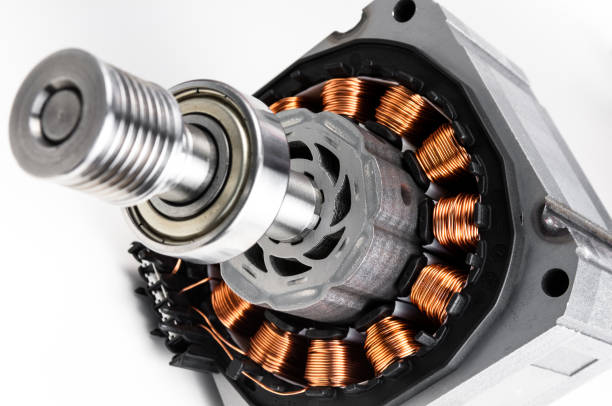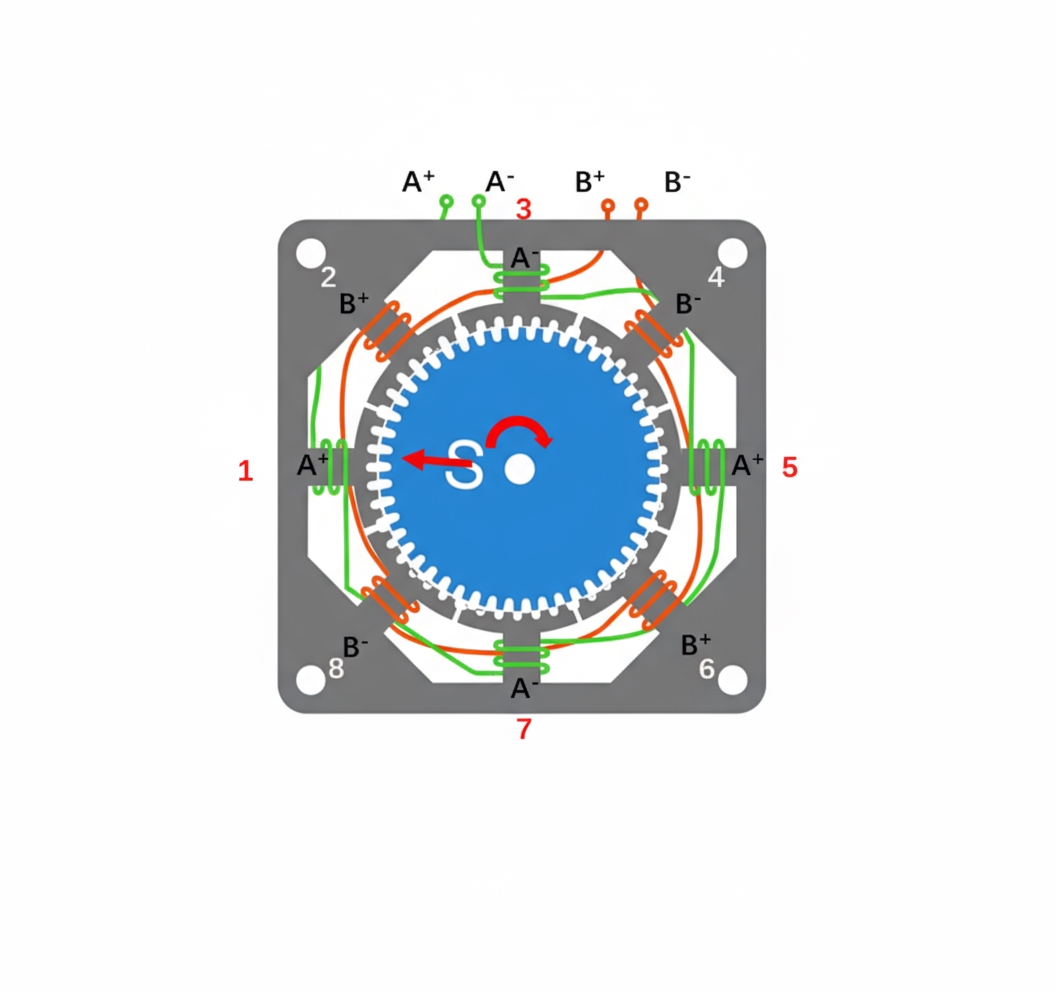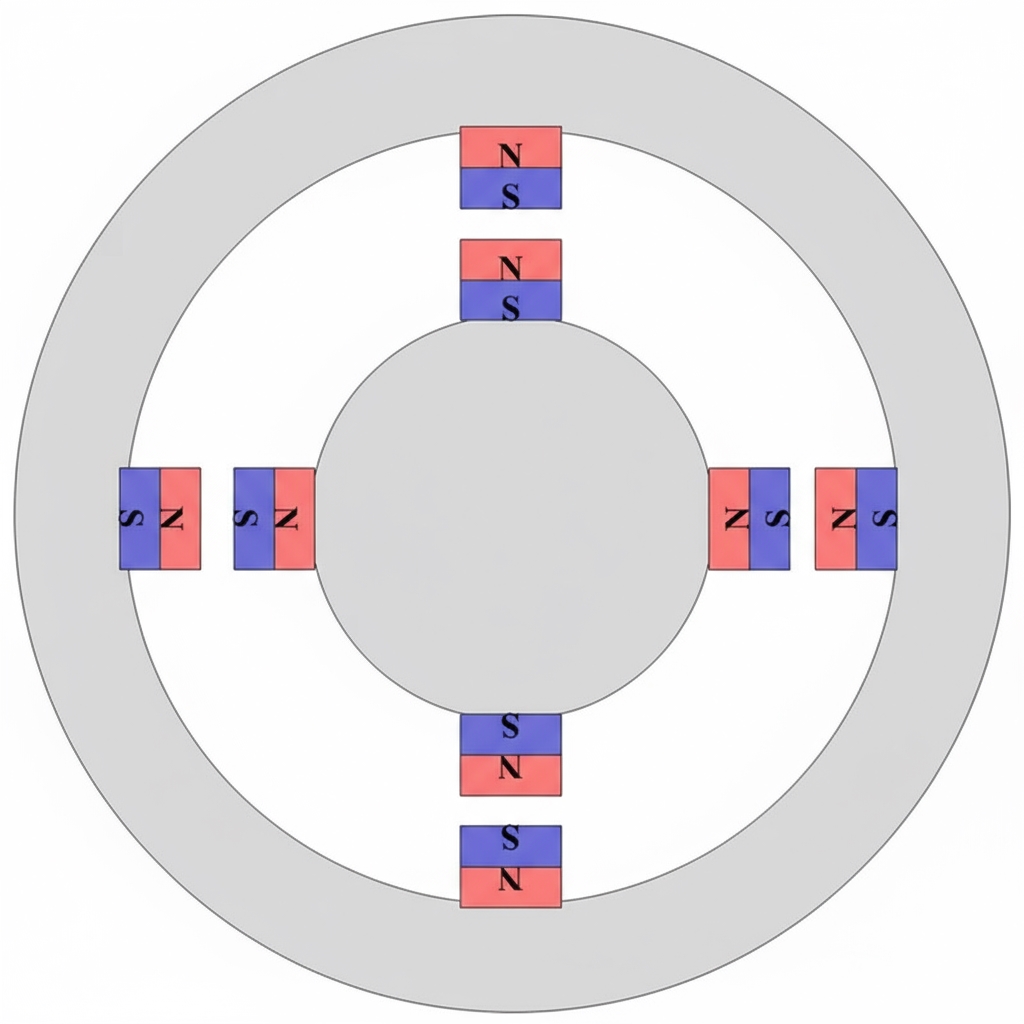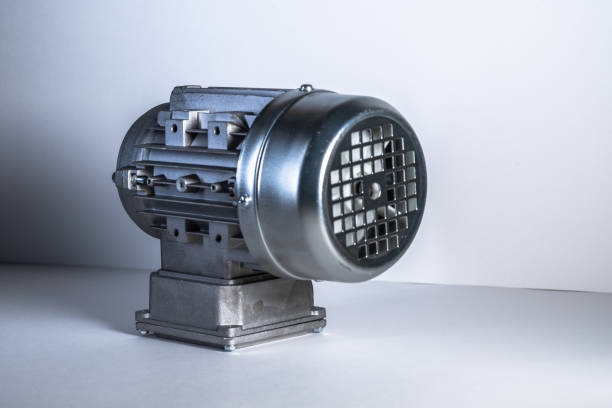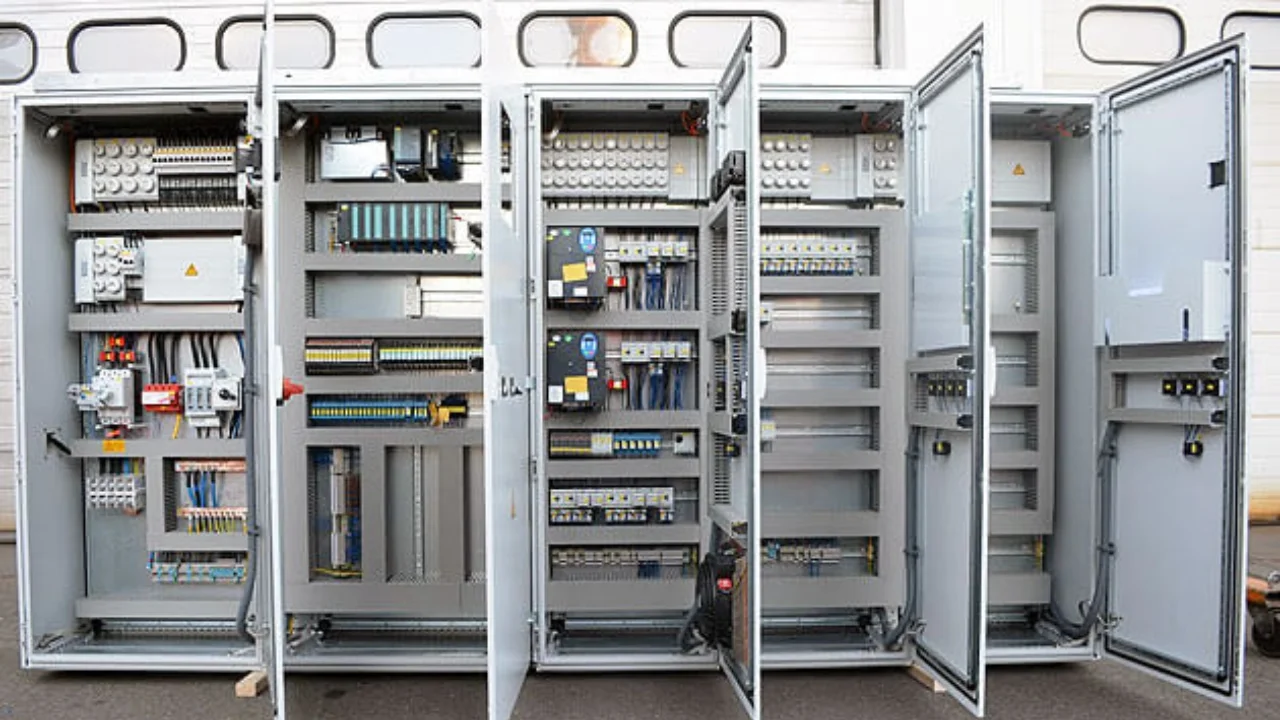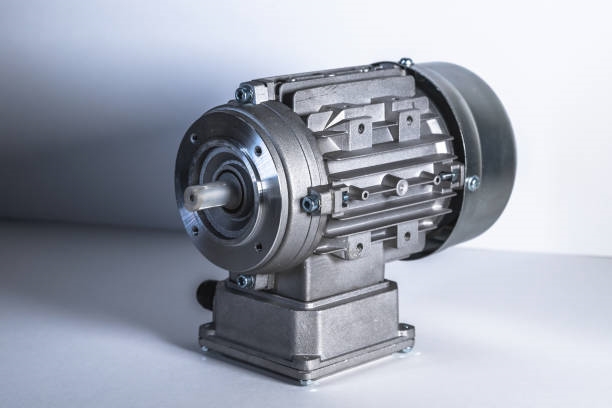Overview
In electrical engineering practice, the installation location of a motor protection relay is a debated topic. Two senior electricians with extensive field experience and theoretical knowledge hold different views on where the relay should be placed. The divergence typically stems from different practical experiences and interpretations of the relay's functions.
Installation on the Main Circuit (Downstream of the Circuit Breaker)
The first electrician advocates installing the motor protection relay downstream of the circuit breaker, i.e., on the main circuit. He emphasizes that this placement ensures comprehensive protection for the entire circuit. If an abnormal current or circuit fault occurs during motor operation, the relay can respond quickly and cut power, reducing the risk of equipment damage and safety incidents. This approach stresses global coverage and preventive protection.
Installation Under the Contactor (Directly on the Motor Winding)
The second electrician prefers mounting the protection relay directly under the contactor. He argues that modern relays are capable of monitoring the motor's operating state directly, including key parameters such as current and voltage. By being placed close to the winding, the relay can more precisely detect the motor's operating condition and respond rapidly to anomalies, providing more accurate protection. This approach prioritizes precision and response speed.
Practical Trade-offs
Both installation methods have valid advantages. Installing the relay on the main circuit offers broad monitoring of the entire electrical path, but it may not accurately capture the motor's real-time operating state. Installing the relay directly at the motor winding can provide precise protection but may increase installation complexity and cost.
Guidance for Selecting Installation Location
When choosing the installation location for a motor protection relay, several factors should be considered. First, fully understand the relay's functions and characteristics to ensure it meets the motor's protection requirements. Second, determine the optimal location based on the specific circuit layout and installation environment. Finally, incorporate field experience to continuously refine the installation scheme and improve protection effectiveness.
Conclusion
The installation location of a motor protection relay should be chosen and adjusted according to actual conditions. In practice, decisions should be based on project requirements and site conditions to ensure the relay performs effectively and supports safe, stable motor operation. Ongoing learning and familiarity with new technologies are also necessary to meet evolving electrical engineering needs.
 ALLPCB
ALLPCB


